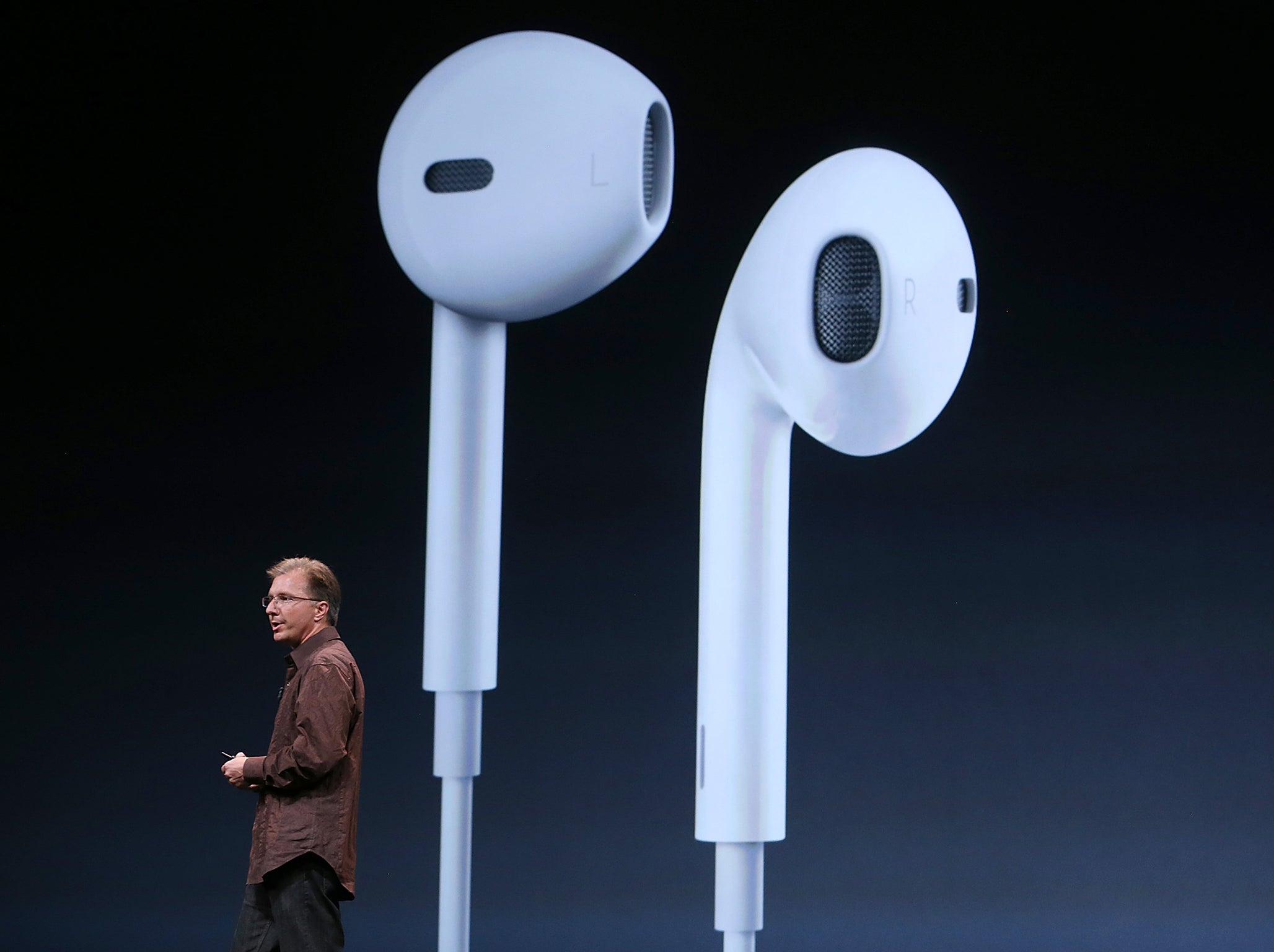iPhone 7 probably won’t be only handset to remove headphone jack, as Intel suggests USB replaces old connector
Apple has long been rumoured to be getting rid of the trust plug for its new phones – and it appears it won’t be alone

Apple’s iPhone 7 is widely expected to drop its headphone jack – and then be followed by a run of other companies.
The company has been long rumoured to be looking to get rid of the 3.5mm headphone jack that is just one of two ports on the bottom of new iPhones. Doing so is expected to allow the company to preserve space in the new phone and allow it become even thinner, as well as letting it add new speakers.
But a new initiative from Intel appears to suggest that other companies will be set to do the same. Future phones and tablets could use USB-C – the latest version of USB – for their audio connections, rather than the now ageing technology.
The new rumour comes from a proposal that chip maker Intel brought to developers, showing how USB will allow for an improved experience and could start getting integrated into new devices soon.
Apple’s rumoured plan has already provoked anger from people who argue that it will lead to technological waste and forcing people to pay for newer adapters. That is months before the actual phone is even set to come out, in September.
But the reasons for getting rid of the old plug are many. It can only really send out audio since it is entirely analog, and takes up a large amount of space in the bodies and circuitboards of devices that are getting ever thinner.
As well as allowing the port to be used for other things, sending audio through USB could allow for extra features for headphones. It will be able to send power, for instance, rather than requiring noise cancelling headphones to be charged, and it could also allow earphones to send back data like heart rate so that the devices can track it.
The old connector has been in use for decades, going back to at least the 1960s. And it has mostly held on through other changes in technology – the new MacBook, which has only two ports, still includes the old plug.
Join our commenting forum
Join thought-provoking conversations, follow other Independent readers and see their replies
Comments
Bookmark popover
Removed from bookmarks